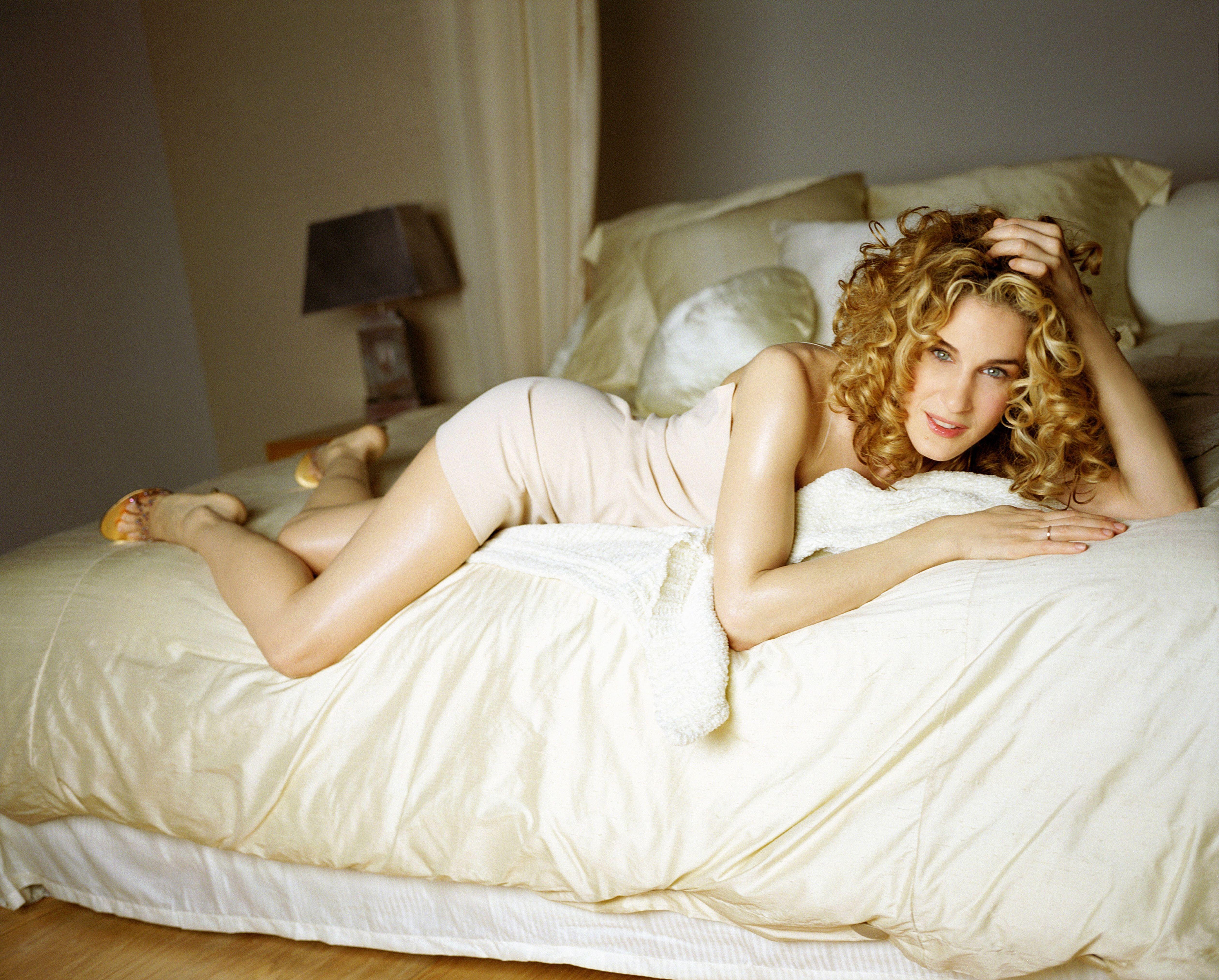Where is the Golden Age of Fashion Icons from Long-Running TV Shows?
While there are numerous popular TV series nowadays, perhaps we will never have a fashion-savvy icon quite like Carrie Bradshaw from Sex and the City.

In cinema, fashion has always been a crucial factor, ranked alongside other elements like directors, actors, cinematography, etc. This is because clothing helps viewers easily grasp the character’s image and their developments in the film. Both factors complement each other to create perfection in the overall visual aspect. Fashion in films has always been a hot topic discussed fervently in the fashion world, exemplified by Barbie’s wardrobe or the stylish high school students in Euphoria. From there, we’ve also seen many characters making strong impressions with their unique fashion styles, fitting the criteria of true fashion icons.
Carrie Bradshaw in Sex and the City and the iconic “naked dress” When mentioning fashion icons from long-running TV shows, Carrie Bradshaw from Sex and the City and Francesca Cacace from The Nanny are undoubtedly the first names that come to mind. Although they have different appearances and fashion styles, the blonde-haired girl and the brunette girl share many surprising similarities. They are both independent women who live for themselves, passionate about their interests, wear what they like, and never fear societal prejudices. And of course, both girls attract attention with their distinct and impressive fashion styles. To recognize these two fashion icons on the small screen, we cannot overlook the stylists behind these iconic outfits – Brenda Cooper for The Nanny and Patricia Field for Sex and the City. They created wardrobes that remain fashionable over time. These are not randomly mixed-and-matched outfits; instead, they are carefully curated to match the character’s personality and ensure aesthetic appeal. What made the fashion world acknowledge Carrie and Francesca as true fashion icons? Perhaps the answer lies in the consistency of their image. The repetition of these distinctive looks has made Carrie and Francesca familiar to viewers and easily recognizable at first glance. We have Francesca’s chic, form-fitting dresses, trendy messy hairstyles, and vibrant outfits, as well as Carrie’s alluring New York appearance,…
The influence of Carrie and Francesca’s fashion styles doesn’t stop at the movies or the fashion era of their time; to this day, these legendary fashion icons continue to be an endless source of inspiration for both the fashion world and beauty industry. The “iconic” outfits in their wardrobes are not only showcased on reputable runways but also “revived” with interesting variations by fashion-loving youth. Apart from Carrie and Francesca, long-running TV shows from the 80s and 90s brought forth many other fashion icons like Rachel Green and Monica Geller from FRIENDS (recently rediscovered) and Elaine Benes from Seinfeld – a monument to American fashion styles in the early 1980s and 1990s.
In the 2000s, as life transitioned into a new era, fashion also began to transform, and the fashion scene in long-running TV shows of that time was equally vibrant. We had a plethora of Disney heroines shaking up the fashion world back then. The “rich kid” standard outfits of Ashley Tisdale in High School Musical (2006) or in The Suite Life of Zack & Cody and the star-studded costumes of Miley Stewart/Hannah Montana all kept the younger generation “on their toes”. Until now, low-rise pants, ruffled dresses, colorful accessories, kitten heels,… or the way of pairing dresses with pants continue to dominate fashion trends.
In the current context, which female characters will be recognized as true fashion icons and remembered by the public even 10 years later? Today, TV shows have become a familiar entertainment tool for audiences. About 4 to 10 long-running TV series are released every month, which can be streamed from any device. Besides the compelling content, about a third of them promise to bring characters that can create “trends” in fashion. However, perhaps the way production teams turn their female leads into fashion icons hasn’t been quite right, especially being inappropriate, or even discomforting to viewers. For example, the flashy outfits in Emily in Paris have received many negative comments and harmful reviews for our main character; or the trendy yet “out of touch” outfits of the main character Jocelyn in the controversial series The Idol. Additionally, the simultaneous release of numerous TV shows alongside the rapid development of technology today has also made it challenging for the main characters to leave a deep impression on viewers. Perhaps the golden age of fashion icons emerging from long-running TV shows has passed. We may not have another fashion-savvy Carrie Bradshaw, nor can we have recognized faces as true fashion icons with a style that withstands the test of time. Surely, designers, stylists, and even film directors need to work closely together to understand what customers want and be able to easily captivate them.

